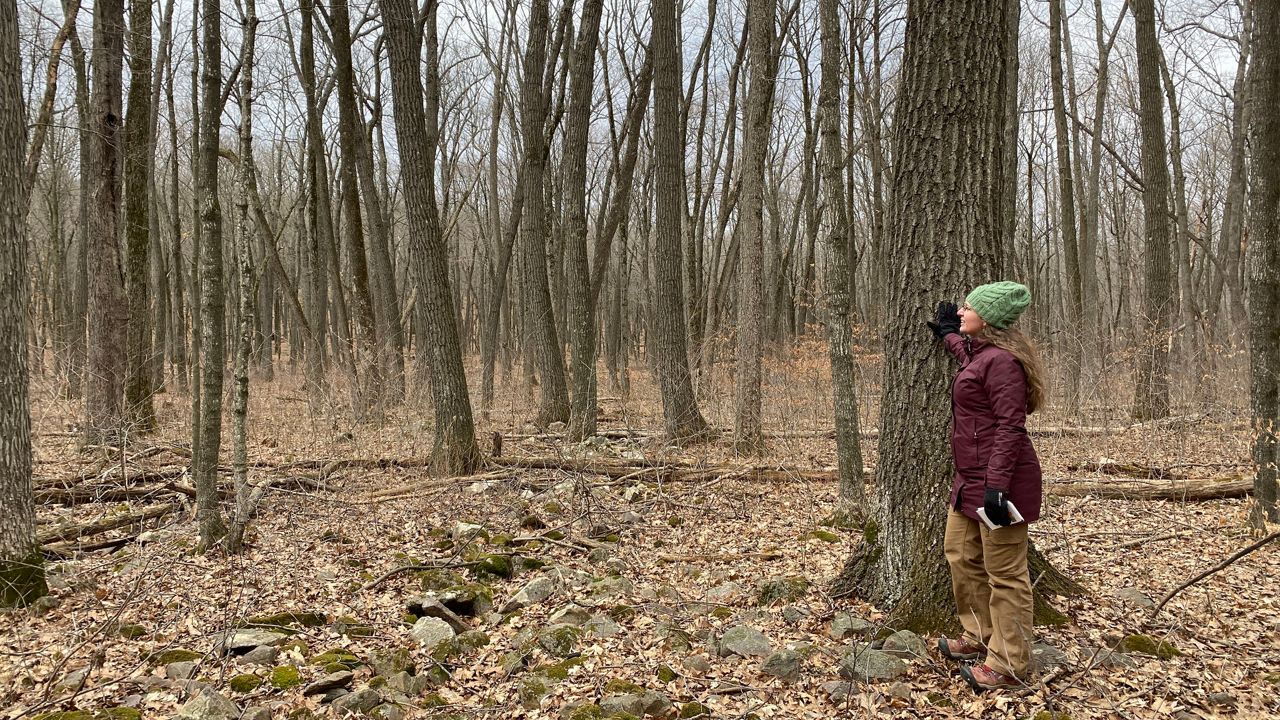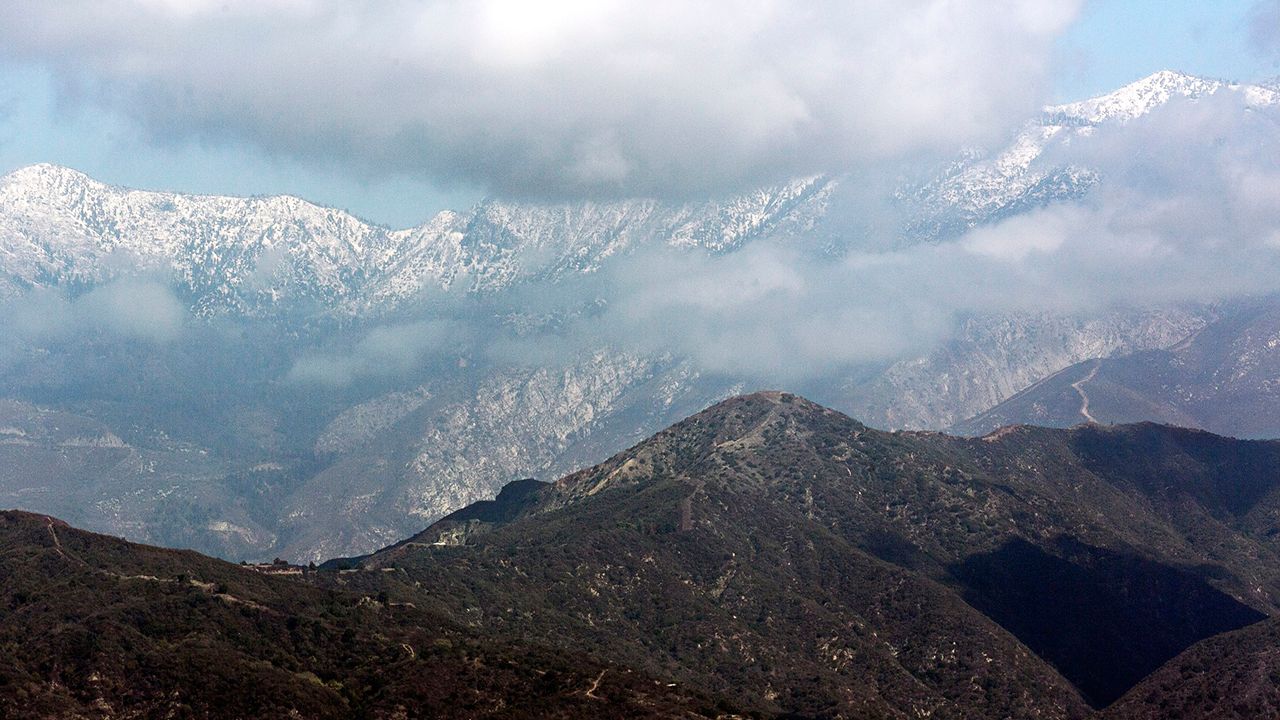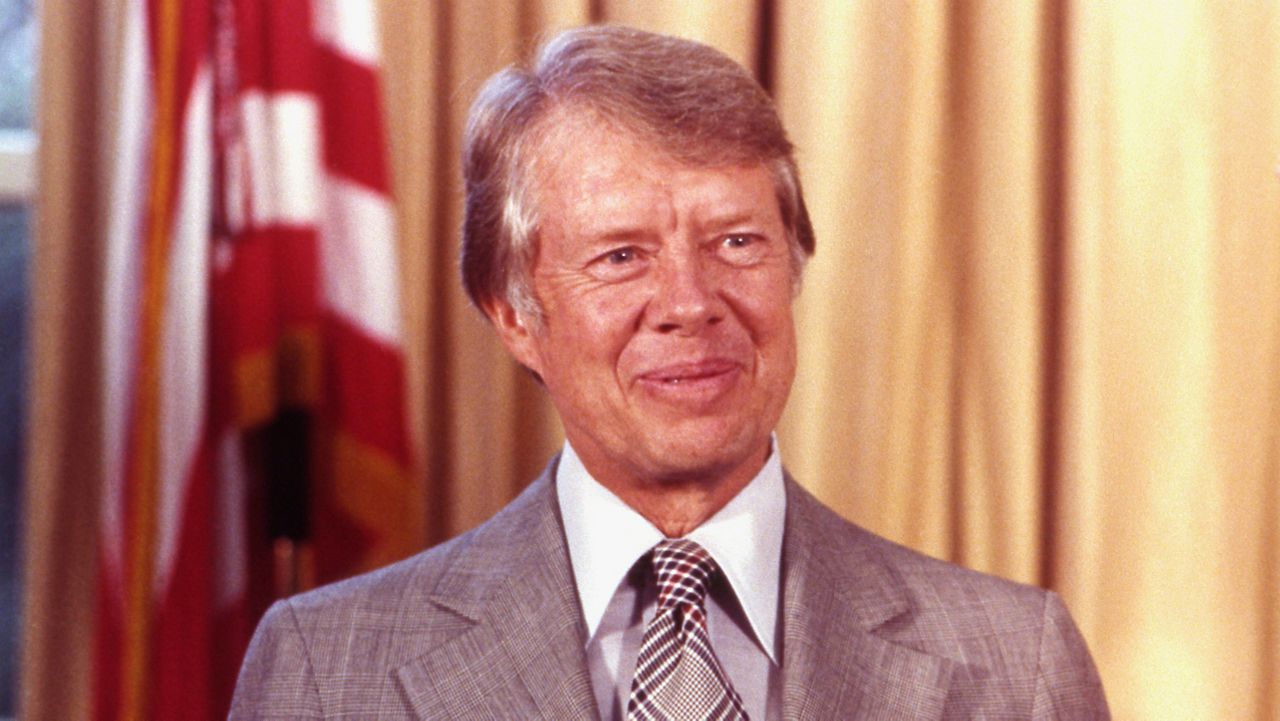This story is part of our Climate Connections series, highlighting how a changing climate is affecting our state.
BARABOO, Wis. — The forests of the Baraboo Hills are rich with history.
Their landscapes have been shaped by billions of years of geological forces. Their ecosystems have been transformed by thousands of years of human interactions, from indigenous stewardship to European settlement.
What You Need To Know
- Warmer winters are making it difficult for some northern tree species, like birch and fir, to survive in Wisconsin
- Pests and diseases, like the emerald ash borer, may also gain ground in Wisconsin's future climate
- Climate change threatens the forests' many key roles in the Badger State, from the paper industry to Native cultural practices
- Land managers can adapt their plans to make forests more resilient, like by keeping a diverse mix of species and favoring trees that will do well in warmer conditions
And now, their future is top of mind for Ann Calhoun and her team at The Nature Conservancy, who are working to help the lands stay resilient in a rapidly changing climate.
“We really want to try to maintain the biodiversity on the landscape that we can, with the reality that climate is going to affect a lot of those things,” said Calhoun, project coordinator for the Baraboo Hills.
Across Wisconsin, forests are looking to face some major challenges as the state’s climate gets warmer and wetter, according to the Wisconsin Initiative on Climate Change Impacts — from temperature shifts pushing out iconic northern species, to pests and diseases threatening ecosystems.
And The Nature Conservancy’s land in the Baraboo Hills is no exception. The 10,000 acres of diverse landscape have been collected in bits and pieces over the past few decades, Calhoun said, after many had served as firewood sources or grazing spots for local landowners.
Calhoun, like other land managers across the state, is now tasked with figuring out a way forward for the forest. Her team is looking back in time to inform the future, working to restore red oak and white oak trees that have supported diverse ecosystems through the area’s history.
But she acknowledges that there’s really no way to bring back the past.
“We definitely do not have a gardener’s fantasy that we're going to restore to what it once was,” Calhoun said. “Conditions have just dramatically changed, and that’s just not possible.”
Weathering changes
When he has to boil down the big climate impacts for Wisconsin’s forests, Stephen Handler said he focuses on two main headlines.
“We can talk about the variety of ways that a warmer winter affects our woods. So that’s headline number one,” said Handler, climate change adaptation specialist with the U.S. Forest Service. “Headline number two is that more and more of our rain is being delivered in heavy precipitation events.”
Wisconsin’s winters have been heating at an especially fast pace — warming around twice as fast as other seasons, according to the latest WICCI report. Today, average winter temperatures in Northwest Wisconsin are around 4 to 6°F warmer than they were in 1950, per WICCI estimates.
Those shifts can have a major effect on which trees can to thrive in Wisconsin’s forests, said Handler, who also leads the WICCI forestry working group. The state has a diverse mix of different forest types, “all the way from boreal forests down to arid savannas and barrens,” he said.
Some species that currently live in the northern side of the state prefer the cooler temperatures up there. But warmer winters might tip the balance and make it harder for these trees to compete.
“You think about the iconic forests in the north,” said Matt Dallman, deputy state director for The Nature Conservancy Wisconsin. “Aspen, birch, spruce, fir forests — those are at the southern extent of their range anyway. Now, with the warming climate, changing climate, they're getting pushed farther north.”
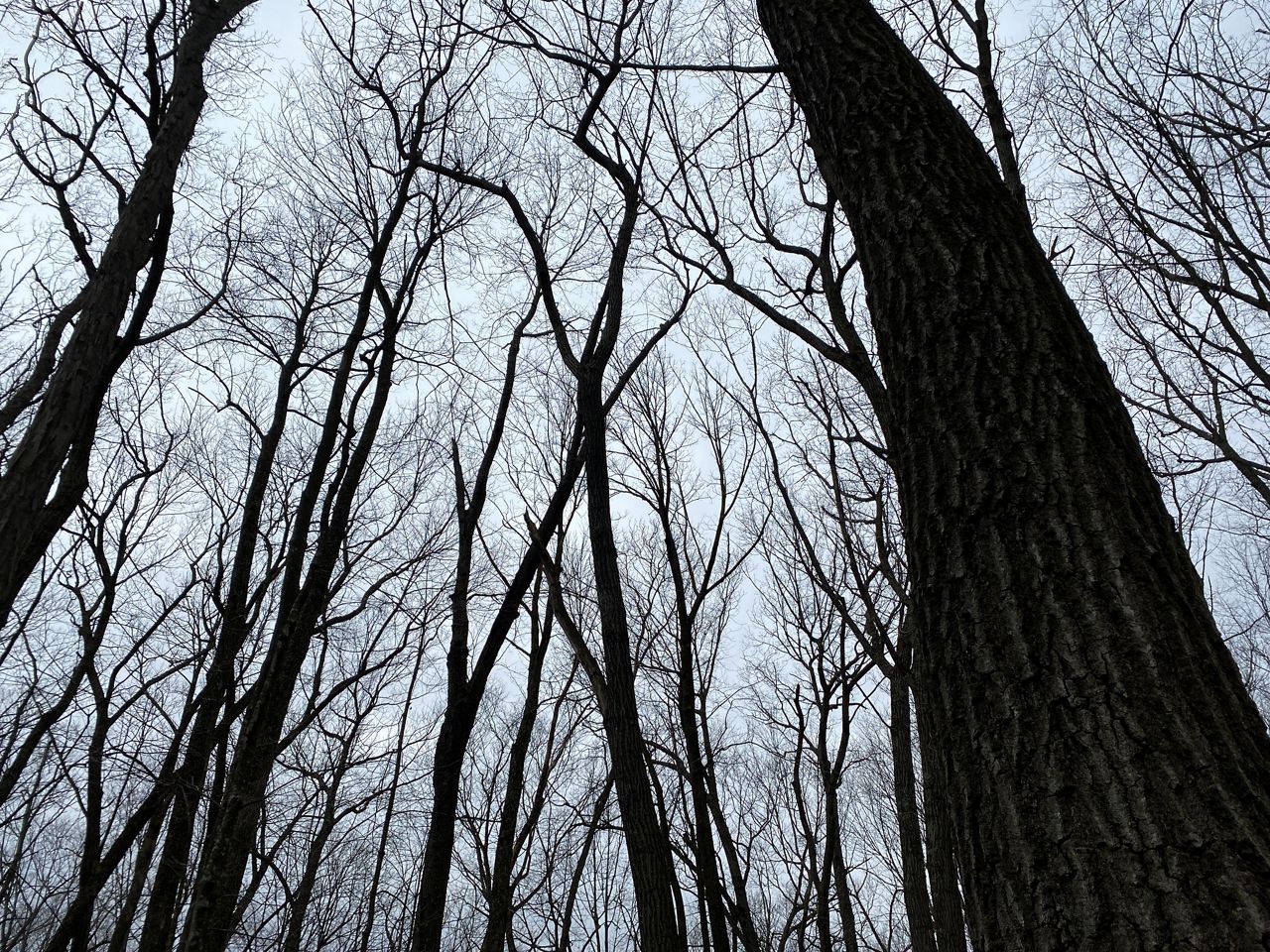
Other forest creatures might actually get a better shot at surviving the winter as temperatures warm up. But that can also be bad news for trees, experts said.
Take the white-tailed deer: Without harsh cold spells to “keep the lid” on their populations or push them to migrate, deer have seen their numbers grow, Handler said. That means more munching on their favorite foods, like oaks and maples, which makes it harder for those trees to grow up into the canopy.
On the precipitation side, Wisconsin is slated to get more rain in the coming decades — but that rain will likely come in intense bursts of extreme weather, according to WICCI projections.
Forests can only soak up so much moisture at a time, Handler explained, so much of the water from extreme precipitation events gets lost to runoff. And with longer, drier growing seasons also on the horizon, forests may end up seeing droughts even as the annual rainfall ticks up.
“Eight inches of rain looks great on the rain gauge at the end of the year,” Handler said. “But in the moment, it's not doing much for forests to be able to absorb and use that water.”
Warmer, wetter weather could also leave room for more insects and diseases to multiply — like the emerald ash borer. The insect has caused major damage to ash trees as its spread through Wisconsin in recent years, and has recently shown up in the Baraboo Hills site, Calhoun said, where she’s now bracing for a “pretty massive die-off” of ash.
And trees already stressed out by other climate change impacts may be less able to hold their own against these pests, added Hannah Panci, scientist in the climate change program at the Great Lakes Indian Fish and Wildlife Commission.
“It's these cumulative impacts,” Calhoun said. “One stressor builds on another stressor.”
‘The lungs of the planet’
Almost half of Wisconsin — around 16 million acres — is made up of forested land, according to the DNR. These forests hold a wide range of values for different people across the state, Handler said.
“They can be an economic engine for the state. They can be a source of recreation and enjoyment,” Handler said. “There are also ecological connections, like if you care about wildlife habitat, or if you care about clean water. And then they're also just kind of a cultural sustenance for us too.”
In fact, trees have been playing key roles in the region for thousands of years. From the sugar maple that has long provided the first food in the spring, to the paper birch whose bark has many traditional uses, many of the trees that are threatened today have important cultural roles for Native tribes, Panci said.
Climate change is already affecting some of those traditions: “It's not something that is looming in the future,” Panci said. “It's here now.”
For example, freeze-thaw cycles are important to get the sap running through maple trees, she explained. But with seasonal shifts throwing off those cycles, tribal members have said that it’s become harder to figure out when to tap trees in the spring — or to collect any sap at all.
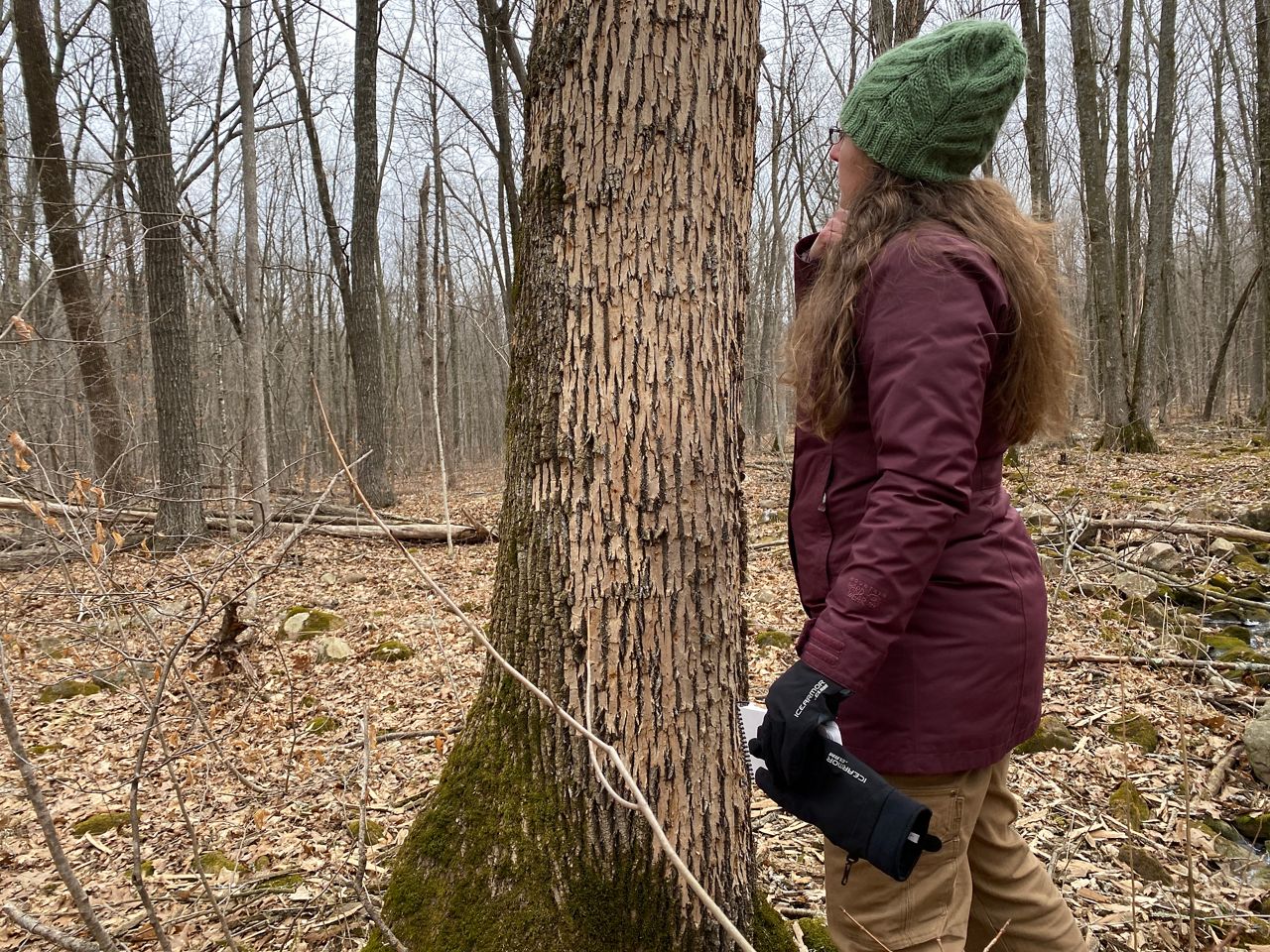
And when it comes to the money, it’s hard to overstate the economic value of these forests, Dallman said. Northern Wisconsin is the “breadbasket” for paper production in the U.S., and more than 60,000 people work in the state’s forest products industry, he said.
“Even though we're America's Dairyland, our next big producer in the state is manufacturing and forest products,” Dallman said.
Some forestry workers have already been feeling the crunch of climate change. Most of the tree harvest happens when the ground is frozen over and machinery can easily roll through, Dallman explained.
But as winters are getting warmer, that frozen ground season is getting shorter and shorter, he said. Workers have to fit their harvests into a shorter timeframe, or else keep cutting on non-frozen ground — which can bring its own issues for the soil and the forest ecosystem.
In all of this, it’s important to remember that trees don’t live in a vacuum. They support whole systems of life, experts said.
“Wisconsin is a forested landscape, and for the tribes that live here, that's what they depend on,” Panci said. “Not just the forests themselves, but all of the other beings that live in the forests.”
Take the oak systems in the Baraboo Hills. The trees themselves stand as a “keystone species” for their ecosystems, Calhoun said: “If we can make the conditions favorable for that species, we know a lot of other diversity essentially follows or benefits from it.”
That includes the understory plants that grow low to the ground, Calhoun explained, and the insects and invertebrates that make their homes in the oaks. The Baraboo Hills forests support more than 200 bird species throughout the year, she said — providing a place to nest, or just a resting spot for their migrations and a “fly-through calorie buffet” of critters.
And of course, humans also depend on the trees in our own lives — including for the air we breathe, Dallman pointed out.
“They're kind of like the lungs of the planet,” Dallman said. “They pull out the carbon that we're releasing every day.”
Our forest future
It may seem counterintuitive to cut down trees in order to preserve the forest. But that’s the path that Calhoun’s team is taking to prepare for future climate conditions.
“Protection doesn’t just mean buying it and setting it aside and putting a fence around it,” Calhoun said. “We have really moved into a phase where we acknowledge that that means actively stewarding them.”
The goal is to support oak as the center of the ecosystem. Not only is oak a keystone species that supports diverse ecosystems; it’s also a tree that is projected to survive pretty well as the climate shifts, Calhoun explained.
But oak doesn’t grow very well when there’s too much shade, she said. So to help promote the species, her team has worked to thin out the forest and let more light through — by clearing out other species like maple and ironwood, and by reintroducing prescribed burns that used to be common on the landscape.
“There's a reality that some people may not like what it looks like to be doing oak management on the front end,” Calhoun said. “Because it might be a lot of tree cutting and may appear really aggressive. But it's ultimately trying to set the stage to be able to implement management over time.”
What works in the Baraboo Hills might not work everywhere, though: There’s no one-size-fits-all fix for making forests more resilient to climate change, Handler explained.
Different land managers may have very different goals for the forests, he pointed out — whether that’s trying to maximize a tree harvest, preserve an endangered species or keep an area open for recreation. Some may be more open to making major changes in their species mix, while others may want to keep more of what’s already on the land.
“As soon as you start to get too prescriptive in telling people, ‘Here's what you should do to prepare for climate change,’ especially in forestry, people push back pretty quickly,” Handler said.
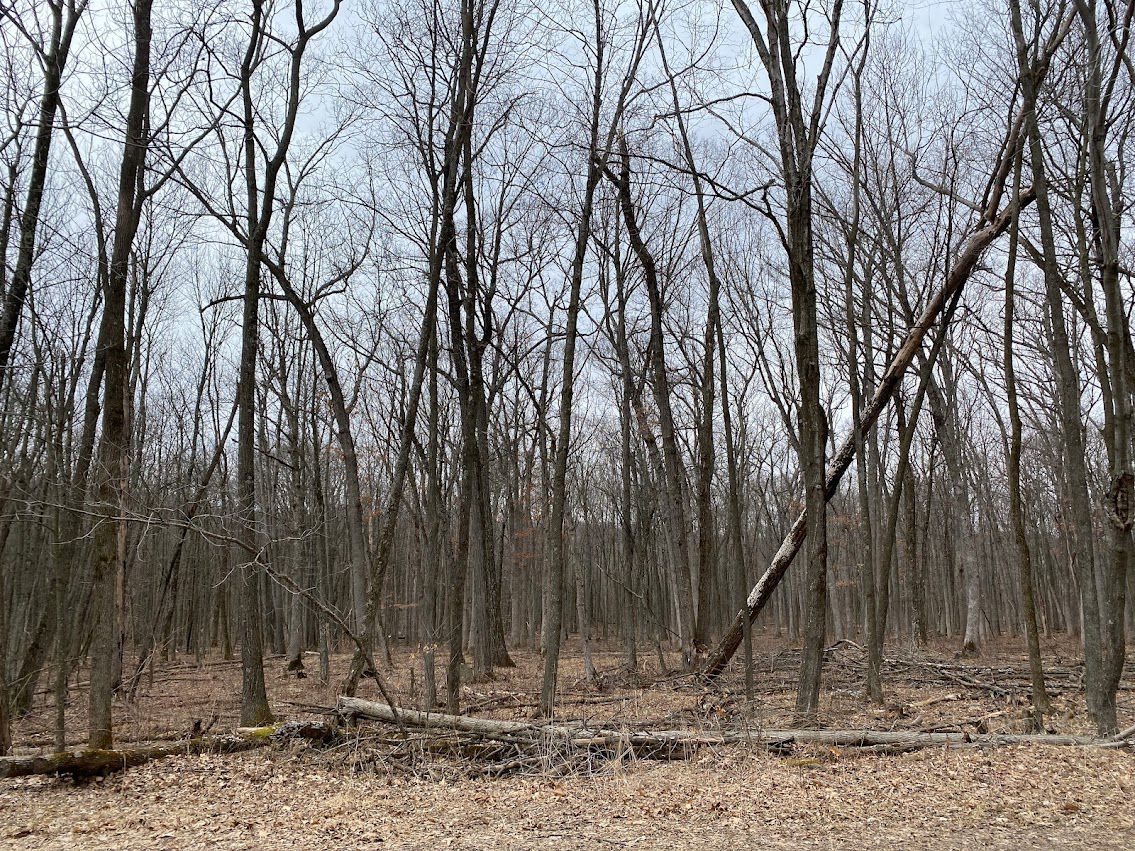
Instead, Handler and other researchers have worked to offer solutions that can be flexible enough to meet different needs, like creating field guides to help guide people’s planning without telling them exactly what to do.
GLIFWC also has a tribal adaptation menu designed to help adapt to climate change while keeping tribes’ priorities at the forefront, Panci said. The adaptation menu, like other GLIFWC works, incorporates a lot of input from tribal members, who Panci said have a huge wealth of knowledge about the landscape.
“In any kind of climate adaptation, I think it's really important to look to the people that have been out there adapting to climate change for millennia, and those are the tribes,” Panci said.
Sometimes, that adaptation work might involve supporting native species that are better adapted to climate change, Dallman said. It could even include assisted migration — or planting tree species from further south to match our future climate conditions — Handler said.
But that doesn’t mean getting rid of all the trees that are predicted to struggle in our warmer, wetter future, Dallman said. Keeping a wide mix of species on the land is actually one of the best ways to make sure a forest can bounce back from any climate conditions, Calhoun said, like having a diverse investment portfolio.
Though thinking about climate change can be a “dreary topic,” Handler said the fact that people care so much about Wisconsin’s forests gives him hope that they’ll take action to protect them.
Humans are not always great at preparing for problems that are coming from down the road, Dallman added — but getting ready for these changes now can help ensure the future of our trees, in all their ancient beauty.
“We had one over 300 years old that fell down a year ago,” Dallman said. “You just think about the history of that tree, and what it saw in its lifetime.”





